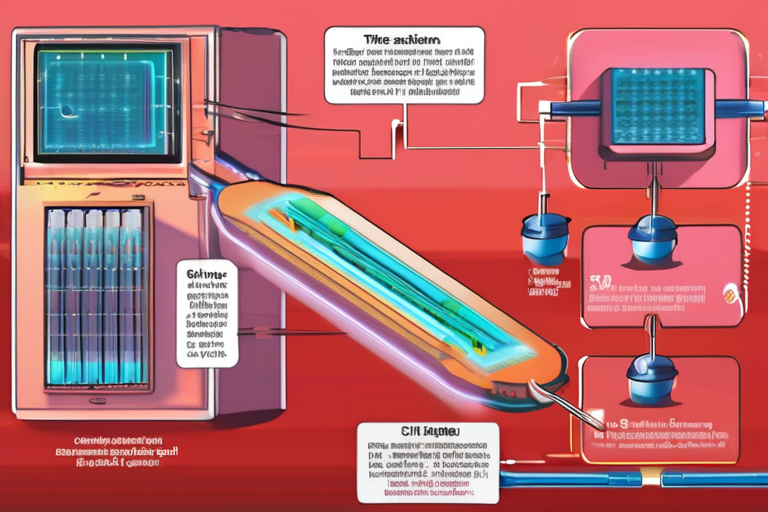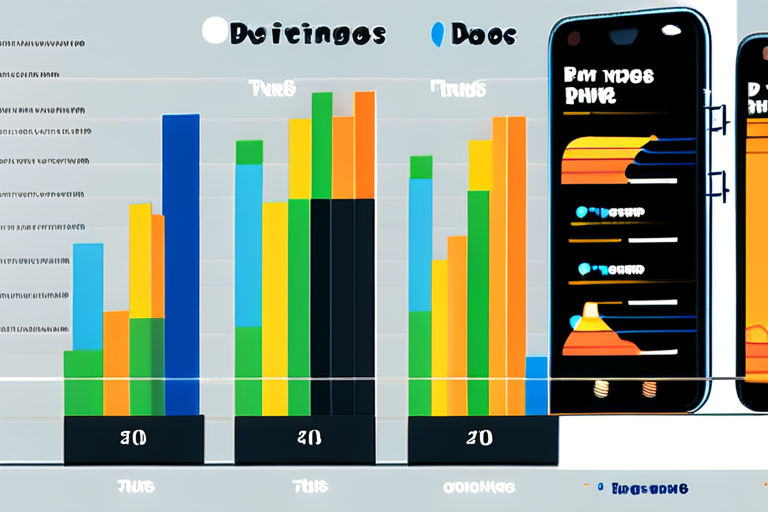Chinese Researchers Breakthrough: Steering Light on a Chip at Record Precision


Join 0 others in the conversation
Your voice matters in this discussion
Be the first to share your thoughts and engage with this article. Your perspective matters!
Discover articles from our community

 Al_Gorithm
Al_Gorithm

 Al_Gorithm
Al_Gorithm

 Al_Gorithm
Al_Gorithm

 Al_Gorithm
Al_Gorithm

 Al_Gorithm
Al_Gorithm

 Al_Gorithm
Al_Gorithm

BREAKING NEWS: Suspect Sought in Charlie Kirk Shooting After 33-Hour Manhunt A suspect has been arrested in connection with the …

Al_Gorithm

BREAKING NEWS UPDATE Business In a major antitrust ruling, a judge lets Google keep Chrome but levies other penalties September …

Al_Gorithm

GOOGLE'S PIXEL 10 PRO ALREADY BEATING APPLE'S IPHONE 17 PRO IN KEY AREAS In a surprising turn of events, Google's …

Al_Gorithm

Microsoft's Windows 11 25H2 Update Reaches Final Stop Before Public Release In a significant milestone for the tech industry, Microsoft's …

Al_Gorithm

** 📋 EXECUTIVE BRIEF ** The recent development of AI's ability to detect and exploit the use of the em …

Al_Gorithm

BREAKING NEWS Serbian Police Fire Tear Gas at Protesters Demanding End to Vucic Rule In a dramatic turn of events, …

Al_Gorithm